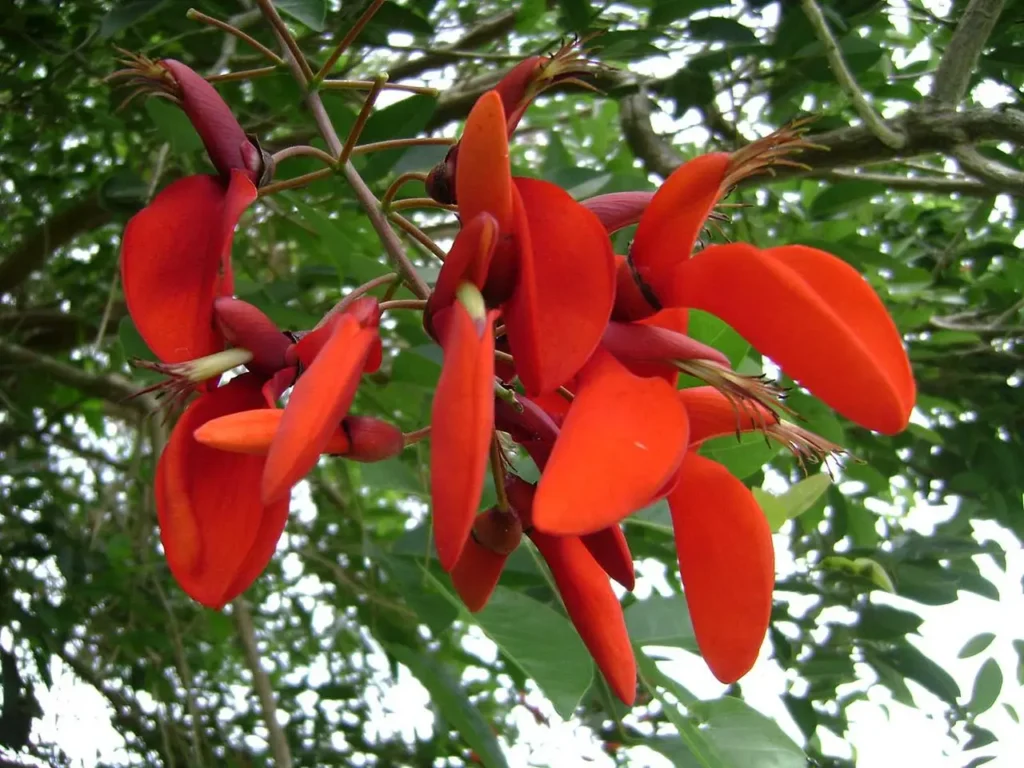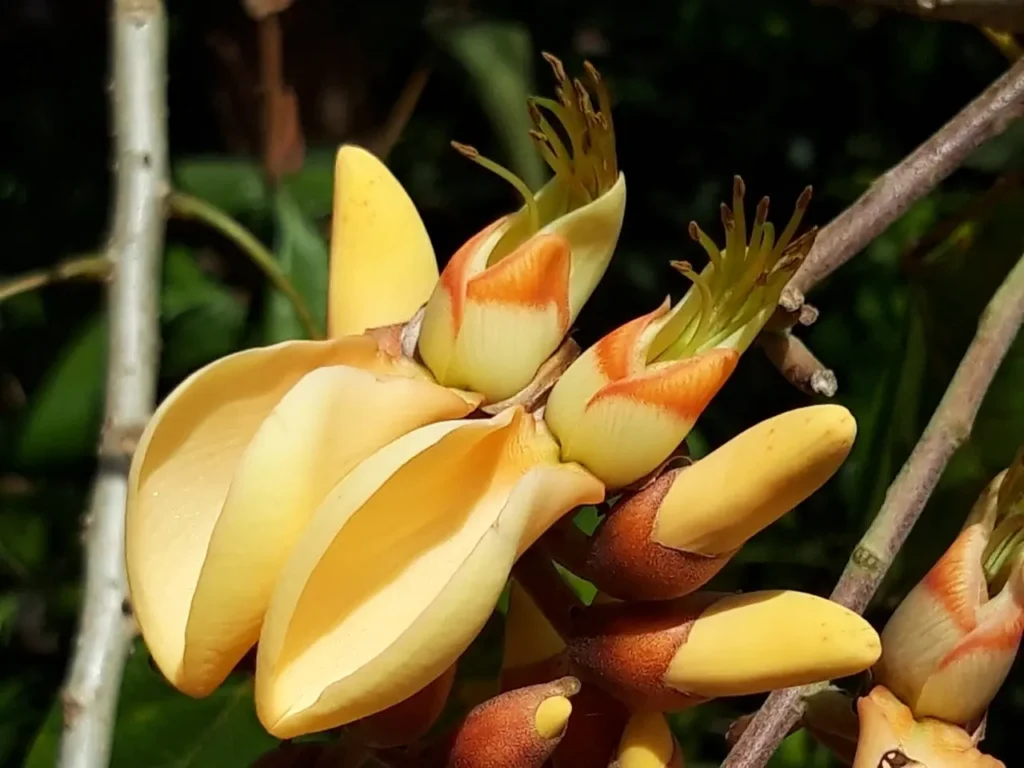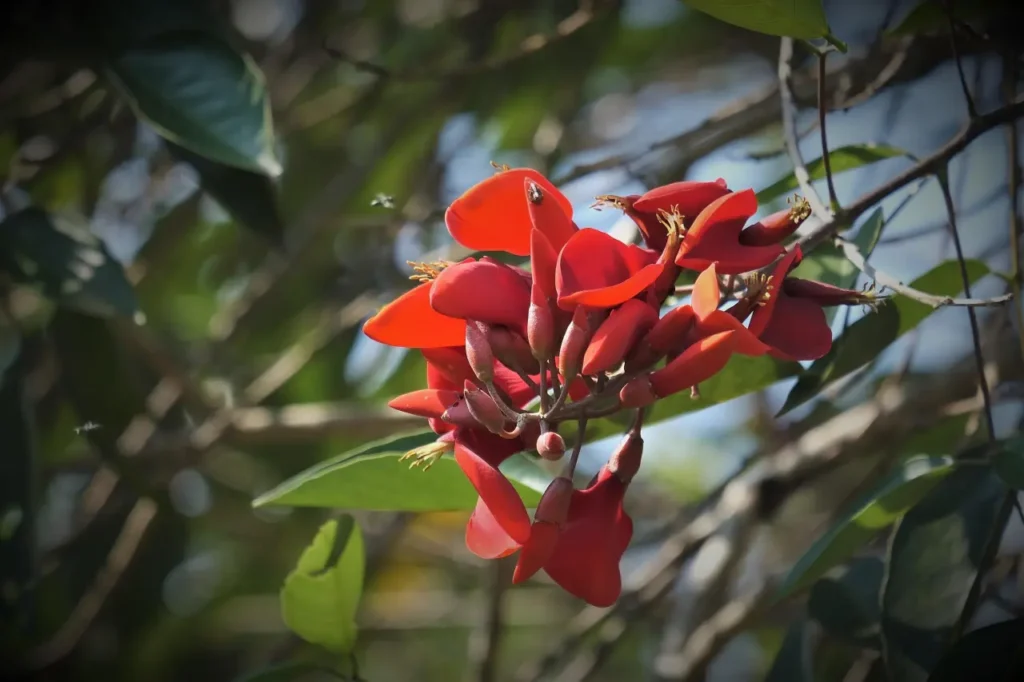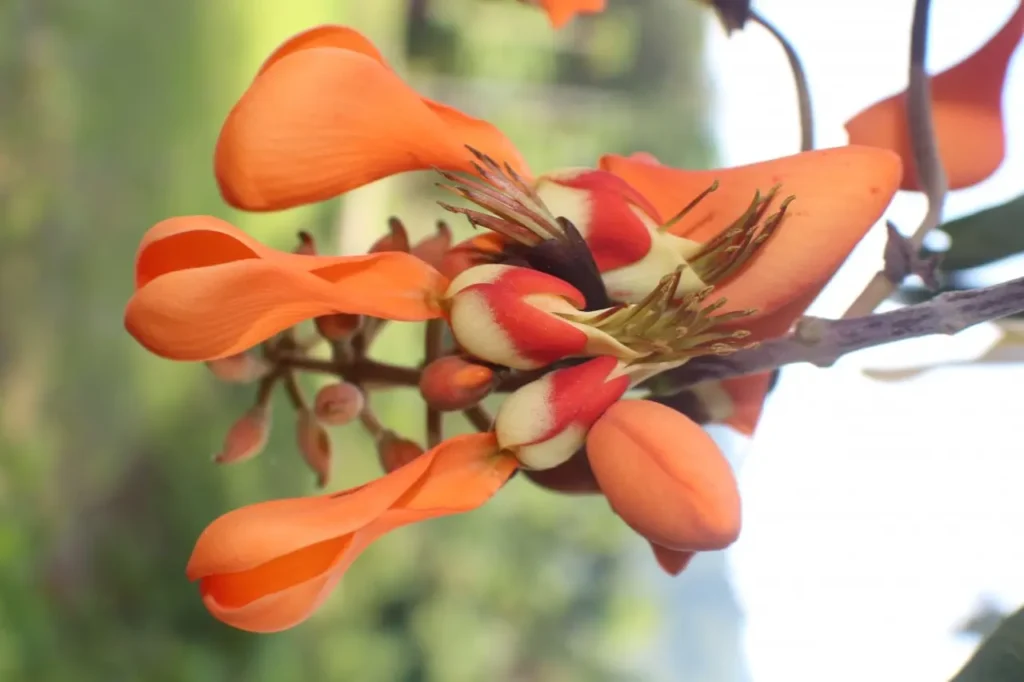In the diverse landscapes of Brazil and other parts of South America, the Erythrina fusca, commonly known as the Brazilian Coral Tree or the Purple Coral Tree, stands as a captivating botanical marvel. With its striking appearance, vibrant blooms, and ecological significance, this tree has captured the attention of botanists, nature enthusiasts, and conservationists alike. In this article, we delve into the world of Erythrina fusca, exploring its characteristics, ecological role, cultural significance, and its contributions to the natural beauty of its habitat.

Appearance and Characteristics
Erythrina fusca is a deciduous tree known for its distinct and enchanting features. The tree reaches impressive heights, often growing up to 15 meters (50 feet) tall. Its branches are adorned with attractive, three-lobed leaves that add to the tree’s visual appeal.
The true spectacle of the Brazilian Coral Tree, however, lies in its blooms. During the flowering season, the tree showcases clusters of vibrant, coral-colored flowers that stand out against the lush green foliage. These showy inflorescences not only attract pollinators but also create a stunning visual display that draws the eye.

Ecological Role and Habitat
Erythrina fusca plays a crucial role in the ecosystems it inhabits. As a leguminous plant, it is a member of the Fabaceae family, which is known for its ability to fix nitrogen in the soil through a symbiotic relationship with nitrogen-fixing bacteria. This process enriches the soil and supports the growth of neighboring plants, contributing to overall ecosystem health.
The tree’s bright coral-colored flowers are a magnet for pollinators, including hummingbirds and insects. This interaction benefits both the tree and the pollinators, as the tree receives effective pollination while the pollinators access nectar and potentially contribute to seed dispersal.

Cultural Significance
Erythrina fusca holds cultural significance in the regions where it is found. In Brazilian folklore and traditional medicine, parts of the tree have been used for various purposes. For example, the tree’s wood has been utilized in the crafting of musical instruments, and its bark and other plant parts have been used for their potential medicinal properties.

Conservation and Challenges
The Brazilian Coral Tree faces challenges related to habitat loss and fragmentation due to urbanization and agricultural expansion. As natural habitats are converted for human use, the tree’s populations may become threatened. Conservation efforts are crucial to safeguarding the tree’s habitat and preserving its ecological contributions.



Erythrina fusca, the Brazilian Coral Tree, exemplifies the harmonious connection between botanical beauty, ecological significance, and cultural value. Its vibrant blooms, pollinator interactions, and role in maintaining healthy ecosystems remind us of the intricate web of life that flourishes in the natural world. By appreciating and protecting the Brazilian Coral Tree, we honor the diversity of plant life and acknowledge the importance of conservation efforts in preserving the tapestry of life that surrounds us.








